For the last two decades, the Oculi Collective has been synonymous with high quality Australian photography. While the news media landscape drastically suffered during this time, Oculi photographers have set a high water mark, and to celebrate its 20th anniversary, 10 new members have been recruited as a ‘renaissance’ of the group.
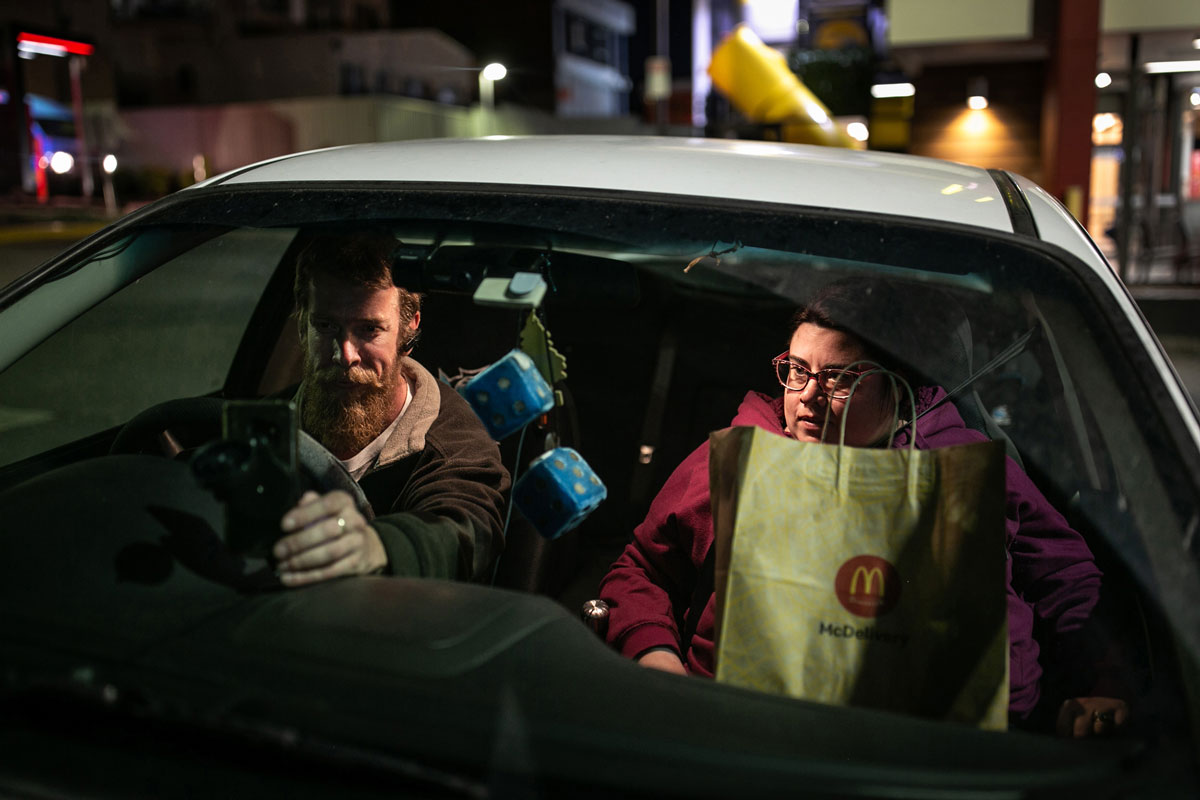
When Oculi formed two decades ago, its founding members came together in response to the lack of Australian media outlets publishing long-form photo essays.
‘When we started back in the year 2000, we were all working on long-term projects but there was limited places we could publish them or get these projects out into the world,’ explained Oculi co-founder and Sydney academic, Tamara Voninski, to Inside Imaging.
Tamara was juggling numerous photography projects, including a series on Australian female camel jockeys, hens nights in Sydney, and assignments in Polynesia. With a background in the US media, the New York native had only spent a few years in Australia and was working on re-establishing her career locally.
Australian media was a different scene to the US and Europe, where photographers could have projects commissioned by a healthy and competitive newspaper industry, along with numerous magazines
‘In Australia there wasn’t really a place for photo essays – a much more narrative-driven, long-term body of work,’ Nick Moir, Oculi co-founder and Sydney Morning Herald chief photographer, told Inside Imaging. ‘Press photography tends to be about jamming as much relevant information as possible into a standalone image, whereas photo essays build up a long-term narrative and tends to be far more accurate and subtle.’
Prior to forming Oculi, the nine founders were accomplished documentary photographers in earlier stages of their career. At regular catch ups during slide nights at someone’s backyard, discussion often led to a ‘vibrant’ debate about a variety of issues affecting documentary photography. There may have been a difference of opinion on some topics, however the group were united in their desire to ‘agitate for a more sophisticated visual language and share a fresh Australian narrative with the world’, as Oculi co-founder Dean Sewell highlighted in The Guardian.
‘At first we were thinking of turning Oculi into an agency, but none of us were particularly good business people and many were full-time staff at various places,’ Nick said. ‘So we didn’t have the time. Today, people are still wondering what Oculi is – we’re a like-minded group of people who aim to push forward various ideas of photography, are committed to long-form photo essay, which covers as much of Australia as we possibly can. Important stories neglected by the mainstream, or even quiet or personal stories.’
Oculi members launched a website and began publishing work online, back when dial-up home internet loaded web pages at a sluggish 56kbps. The goal was to place Australian stories in front of an international audience, which would otherwise require a printed portolio and, as Dean puts it, ‘costly sojourns across the Atlantic.’
Launching an online publishing platform timed perfectly with a pivotal point in the internet’s emergence, and by leveraging each members’ network of contacts and existing profiles, Oculi was an immediate success. The collective forged alliances with international photo agencies, including Agence VU in Europe and Redux Pictures in the US.
‘The website was pretty successful back then. But the real thing we’re proud of is the longevity,’ Nick said. ‘Our ability to not get too organised, this stopped it from falling apart. If you look at those highly organised groups, like Magnum and VII Photo Agency, they struggled when there was less money in journalism. We accepted it was a loss-making venture from the beginning.’
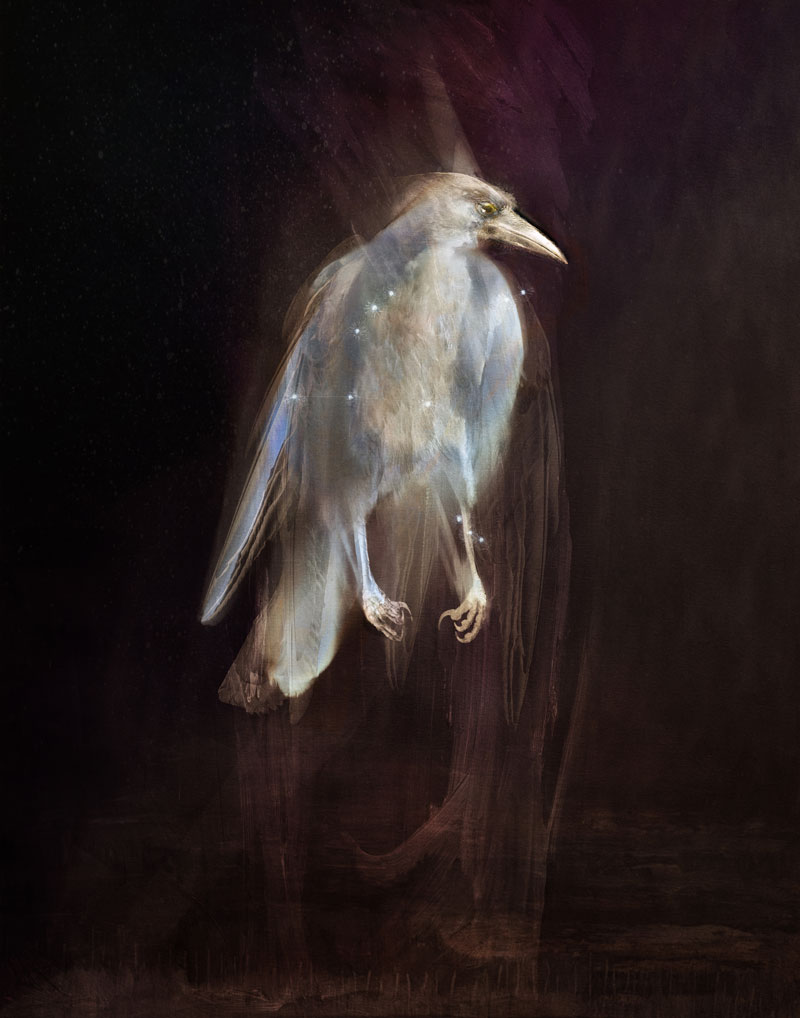
Nick said up until 2006 it was possible to earn a buck by spending time in the field shooting a project. Beforehand, magazines would commission a project and the photographer would capture it, but now photographers are more likely to shoot a body of work and pitch it to the handful of remaining outlets. ‘It has become tougher and tougher,’ he said. ‘Even the top photographers struggle.’
The downfall of print media presented challenges for photojournalists and documentary photographers. It was already a competitive industry, but shrinking newspaper budgets and job losses made it cut-throat and too risky for many photographers to rely solely on.
‘When we started Oculi it was purely photojournalism and documentary photography, and it segued more into the art world. We all specialise in photographing Australia and the region, but there is a blend between documentary and art, and a combination of different visions,’ Tamara said. ‘Then there are those who started as documentary photographers, and their work gradually and naturally segued more into the art realms. Our work changed over time, and so did the outlets for photography. I’d say a lot more photographers are now involved in book projects, exhibitions, working for non-profits and outside photojournalism.’
Nick, for instance, was trained as a straight news photographers, and over time began to understand the harmony between creativity and documentary photography.
‘People outside of newspapers… have a different idea of storytelling. For most of us in the beginning, besides Tamara (Voninski) who had a university degree, photojournalism was mostly a trade. You got in at a young age, and while there may be an instinctive artistic-ness, you may struggle to explain why you were doing it. Whether that’s particular lighting or the way you’d construct an image. Many of us had to unlearn and relearn.
‘The younger people who have come in, certainly in this next generation, there’s plenty of university and art school graduates. They bring a level of depth to it. And, of course, photographers along the way like Tamara Dean, Trent Parke and Narelle Autio went on to be art-based photographers. We’ve got experience in the publishing industry, and over the years we’ve had to cover some fairly brutal stories. But we recognise our own limitations about how we tell those stories, and different ways of exploring stories we’ve done a million times.’
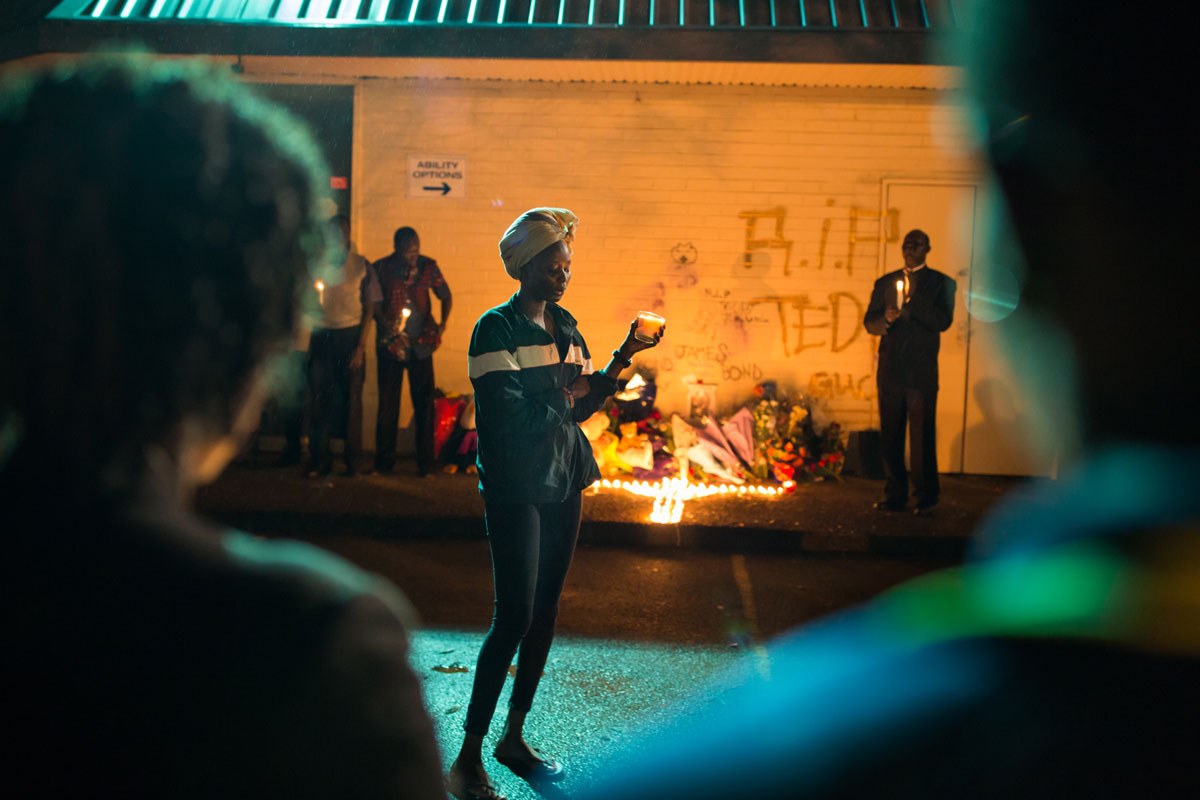
The 10 new Oculi members are Mridula Amin, Conor Ashleigh, Meg Hewitt, James Bugg, Tajette O’Halloran, Abigail Varneyin, Rachel Mounsey, Judith Crispin and duo Kenton/Davey (Aishah Kenton and Sean Davey). They join Tamara, Dean, Nick, David Maurice Smith, Alana Holmberg, Jeremy Piper, Matthew Abbott, James Brickwood, and George Voulgaropoulos.
These members mark a ‘new chapter’ of Oculi, which gives the group a bump toward ‘cultural inclusiveness, gender equality and geographic diversity’.
‘We’re at or near gender parity now, which is a very exciting moment for us. When we started Oculi we were all very young, and those of us who stuck out the last 20 years are obviously not as young as we were,’ Tamara said. ‘The great thing is, even when you bring one person into a group, there’s fresh eyes and ideas. When you bring 10 new people onboard, including people with extensive experience in different areas, it’s going to change the entire dynamic of the collective.
‘There was one person who applied, who said “I’m not joining Oculi as it is now, but Oculi as it can be”, or something of that nature. We really liked that forward thinking.’
Oculi’s achievements
Nick and Tamara said one of the collective’s biggest achievements was publishing a 264-page photo book, Oculi, featuring 250 photos, in 2010. Oculi also toured an exhibition, Terra Australis Incognita, to mark the collective’s 10th anniversary. It launched at the Manly Art Gallery during the 2010 Head On Photo Festival, and toured East Coast capital cities and regional hubs.
While former and existing Oculi members had individual achievements, whether by winning prestigious photo awards or unearthing significant stories, Nick also highlights a more recent achievement – Oculi members coverage during the catastrophic 2019/20 bushfires. Oculi photographers were on the frontline and it’s plausible the photos will be some of the most viewed Australian news photos for a long time.
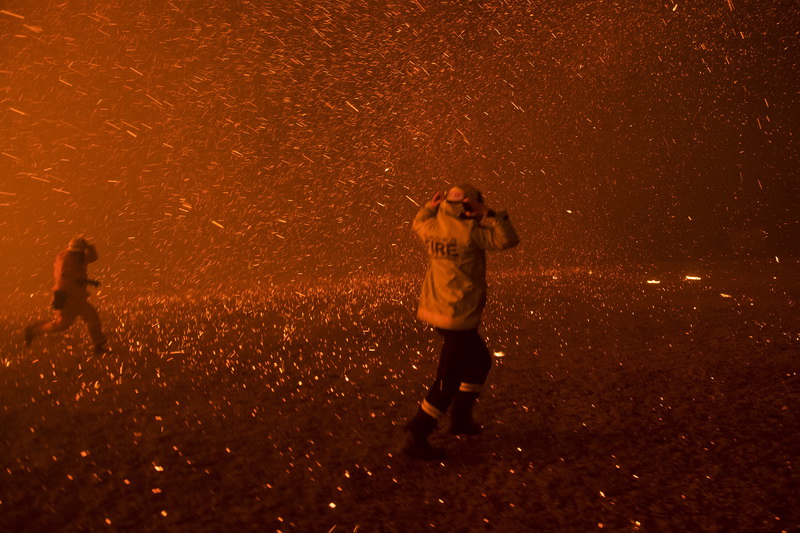
‘There was Matt Abbott, Dean Sewell, Jeremy Piper, Alana Holmberg, and myself involved with covering the fires, contributing to unprecedented visual coverage of the worst natural disasters, as far as bushfires go,’ Nick said. ‘There is a combination of over 20 years experience between us, coupled with an extremely eager and persistent eye of Matt Abbott. There was a lot of coordination between us, and of course the Herald, throughout the fires. Ensuring people are safe, we were covering the right things, and looking out for our less experienced colleagues. That’s where the old-school photojournalist skill set stood out, and showed there is still relevance here. And that’s where you suddenly go, “oh, that’s what Oculi is”.’
Oculi now consists of 19 members: David Maurice Smith, Tamara Voninski, Alana Holmberg, Jeremy Piper, Matthew Abbott, Nick Moir, James Brickwood, George Voulgaropoulos, Dean Sewell, Mridula Amin, Conor Ashleigh, Meg Hewitt, James Bugg, Tajette O’Halloran, Abigail Varneyin, Rachel Mounsey, Judith Crispin, Aishah Kenton and Sean Davey.
Past members include: Narelle Autio, Warren Clarke, Nick Cubbin, Glenn Hunt, Trent Parke, Tamara Dean, Jesse Marlow, Steven Siewert, Lee Grant, Claire Martin, Andrew Quilty, Donna Bailey, John Feely and Raphaela Rosella.
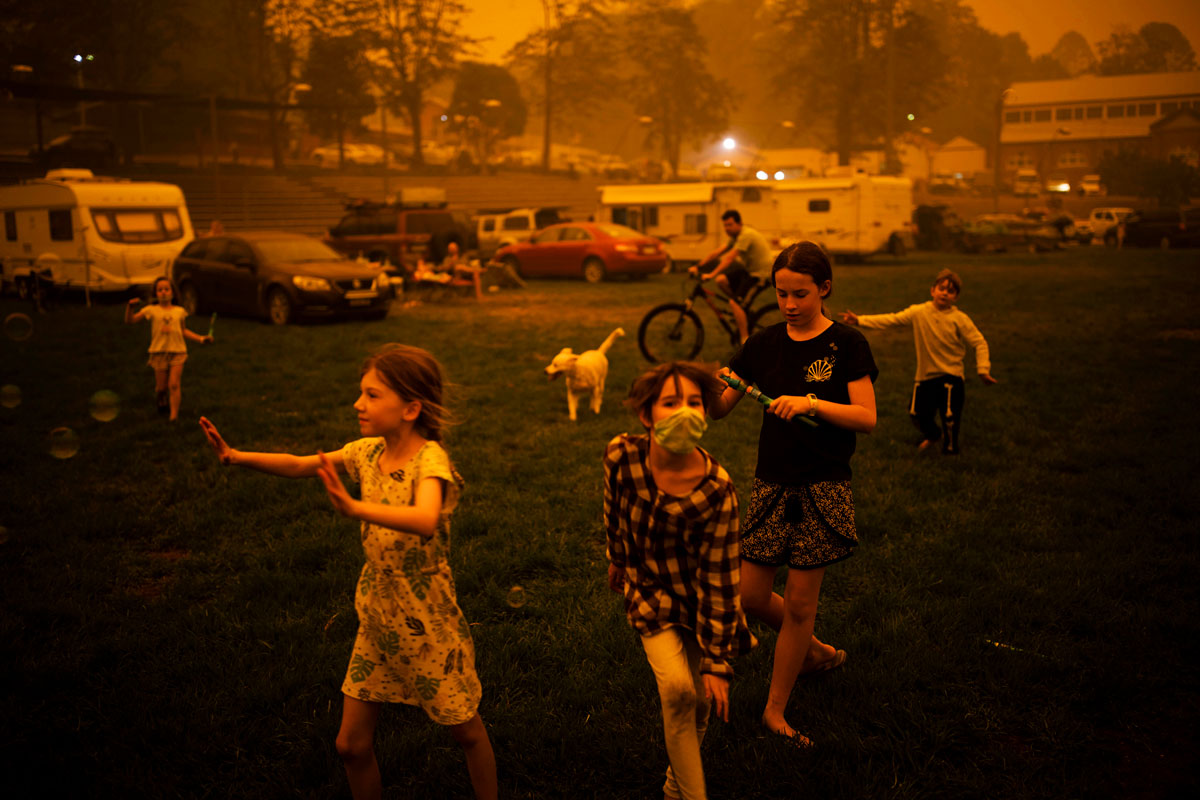
– Like our content? Subscribe to our free weekly newsletter to stay informed, and support trusted independent journalism!





Be First to Comment